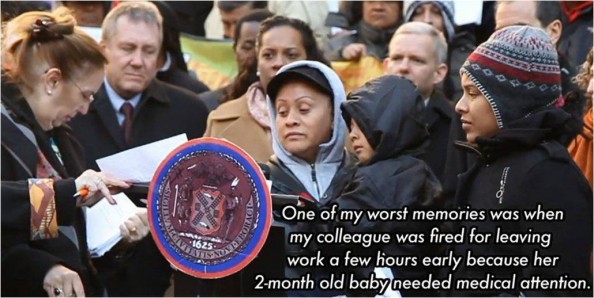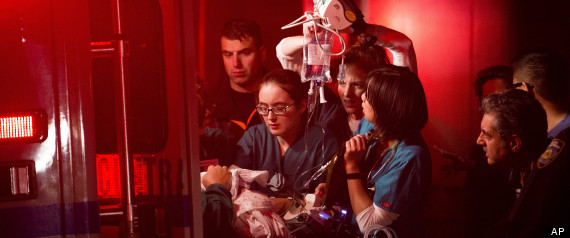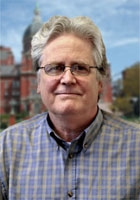Flu Prevention? Try Paid Sick Days
This is repost written by Ellen Bravo, the executive director Family Values @ Work, a national network of 17 state and local coalitions helping spur the growing movement for family-friendly workplace policies such as paid sick days and family leave insurance.
Ask Adela Valdez how it feels to hear public health experts on TV explain ways to limit a flu outbreak. Get a flu shot, wash your hands, they advise – and if you get the flu, stay home until 24 hours after your fever’s gone.
“One day, I had a fever but I went to work anyway,” Adela said. She’d worked for three years in a factory in New York making expensive lamps. “On the third day, I still had a fever. I felt very sick and I asked permission to go to the hospital.”
Her supervisor’s response? “Fine, go to the hospital, but don’t come back. I need people who come here to work, not to get sick.”
Adela lost her job.
Read the rest of the post here.
This is repost written by Ellen Bravo,







